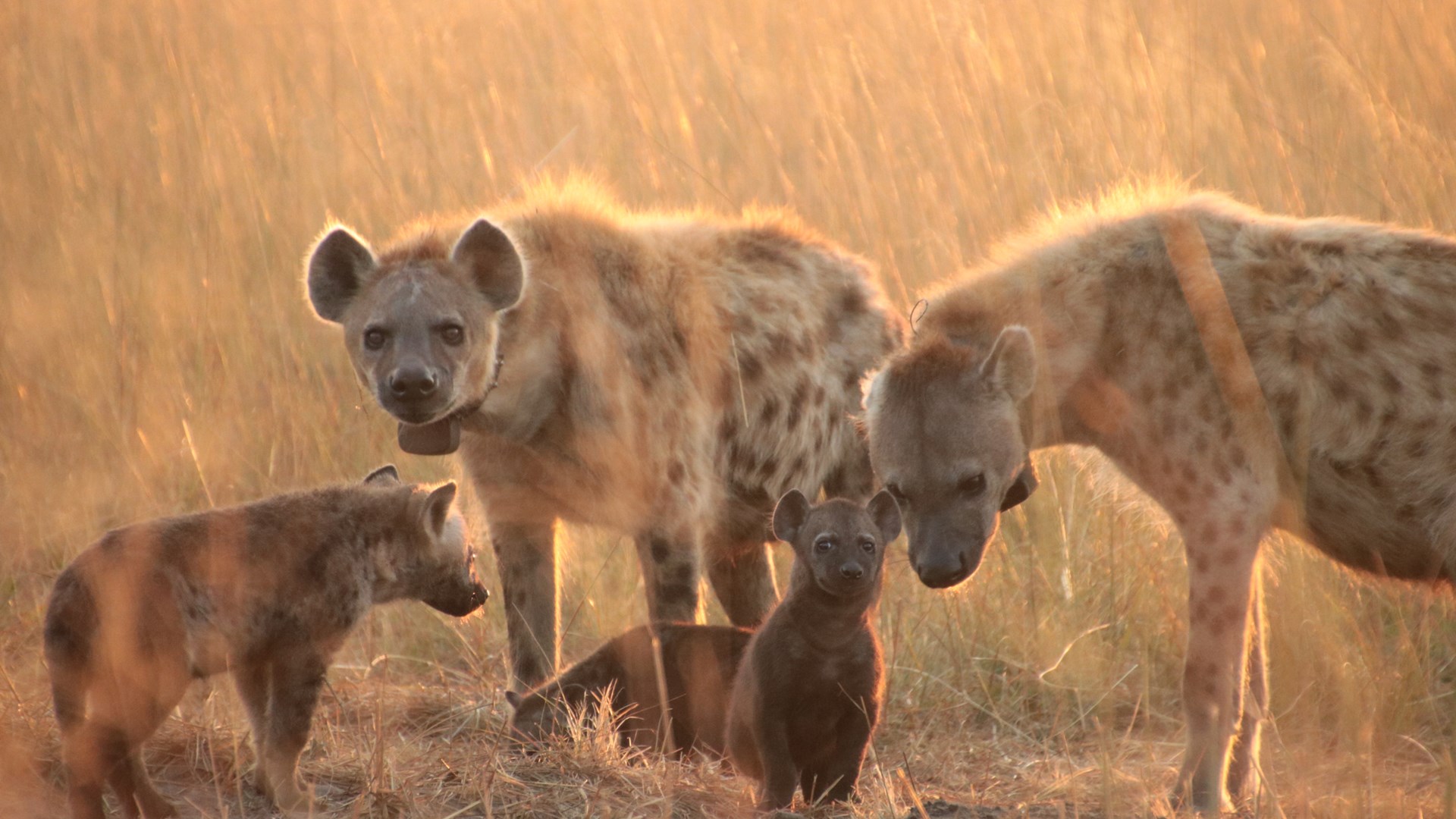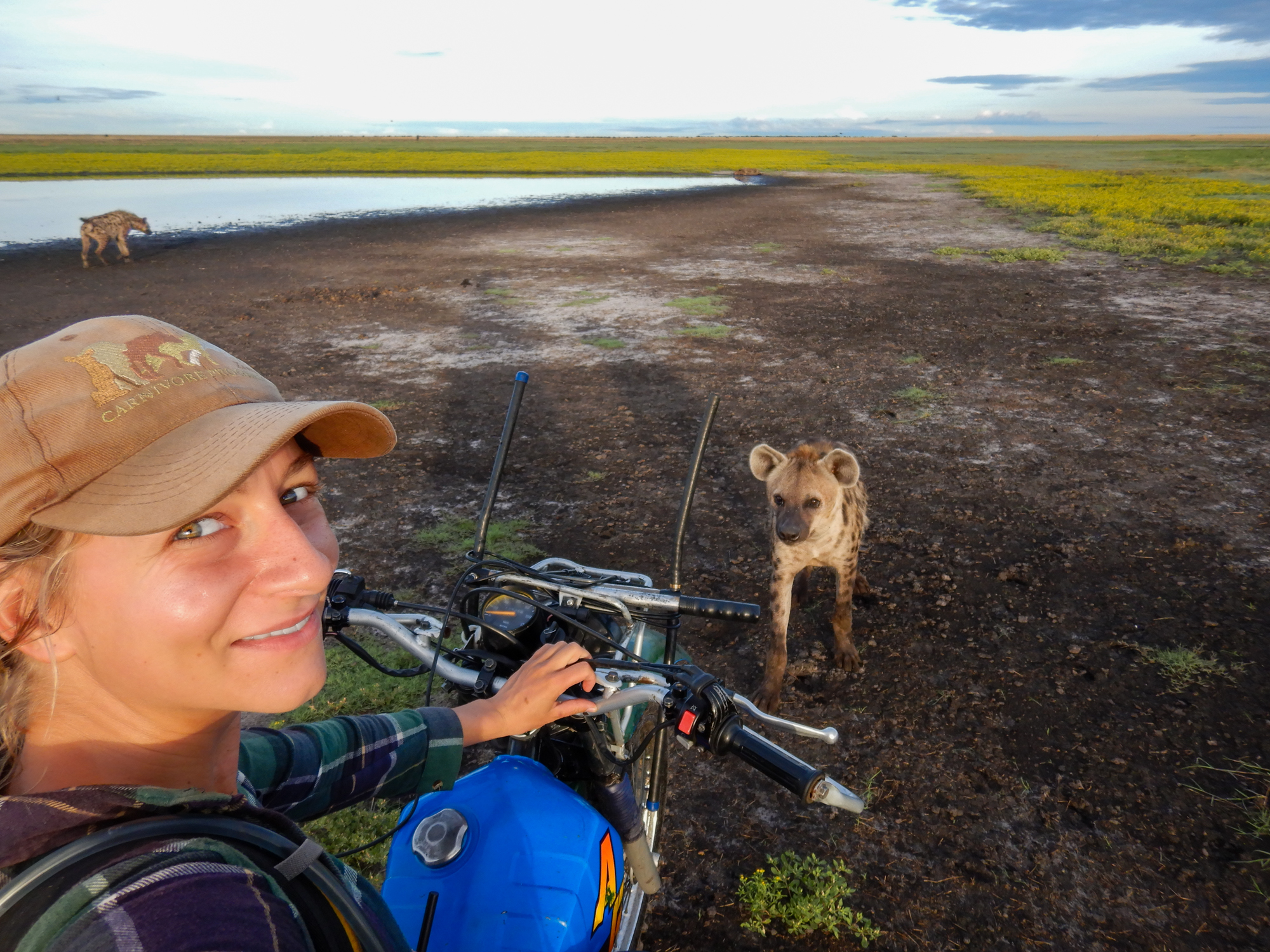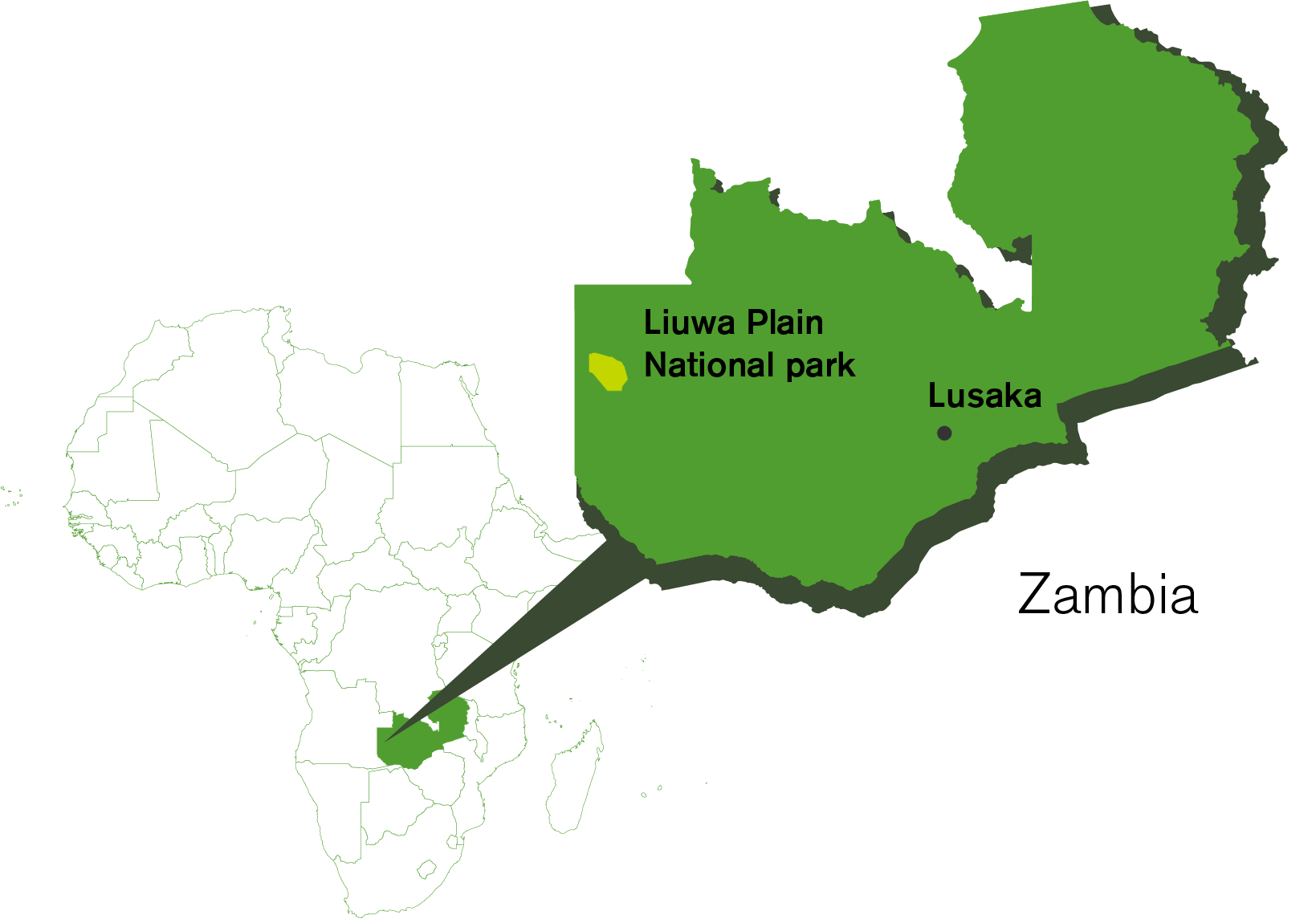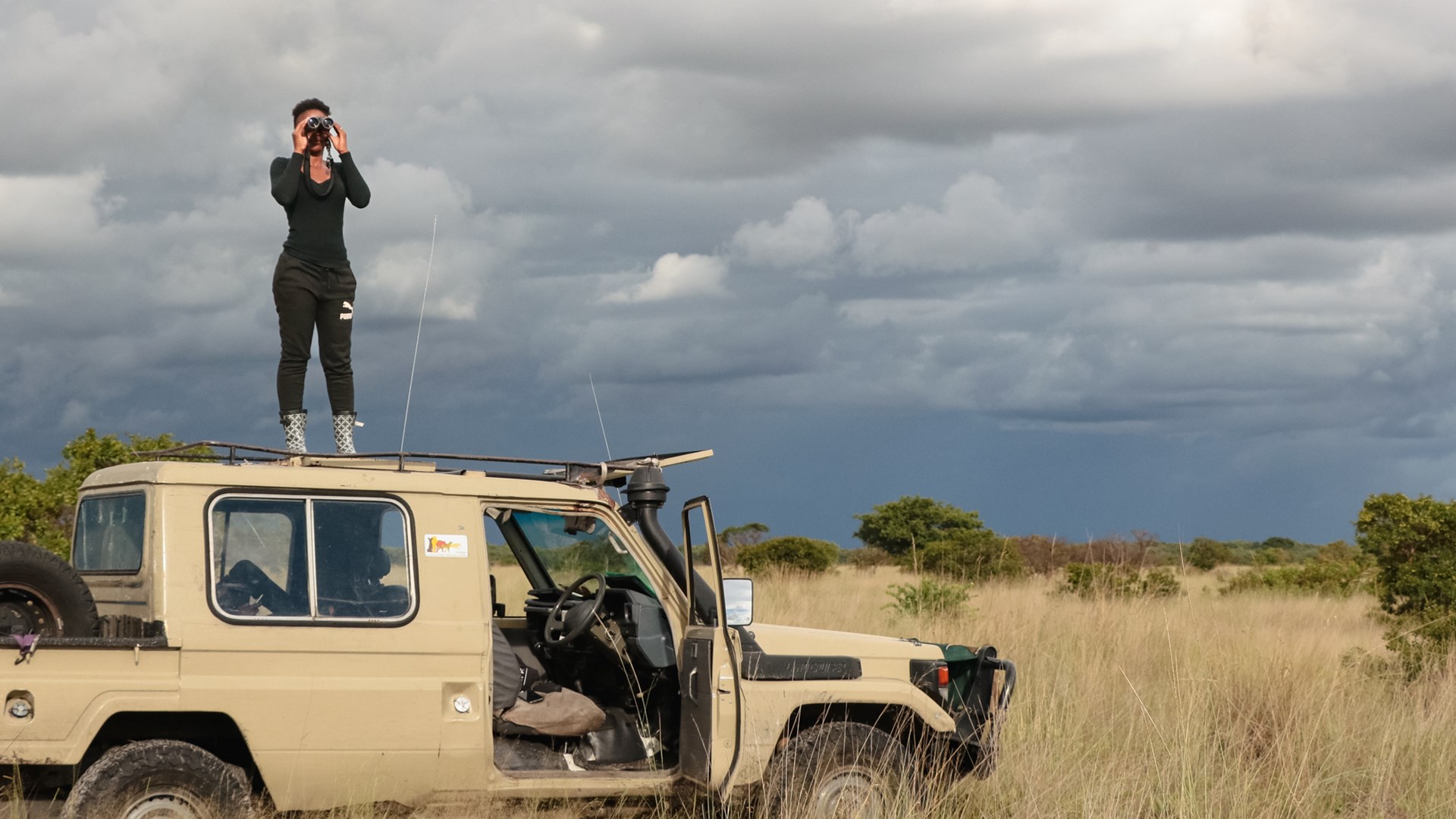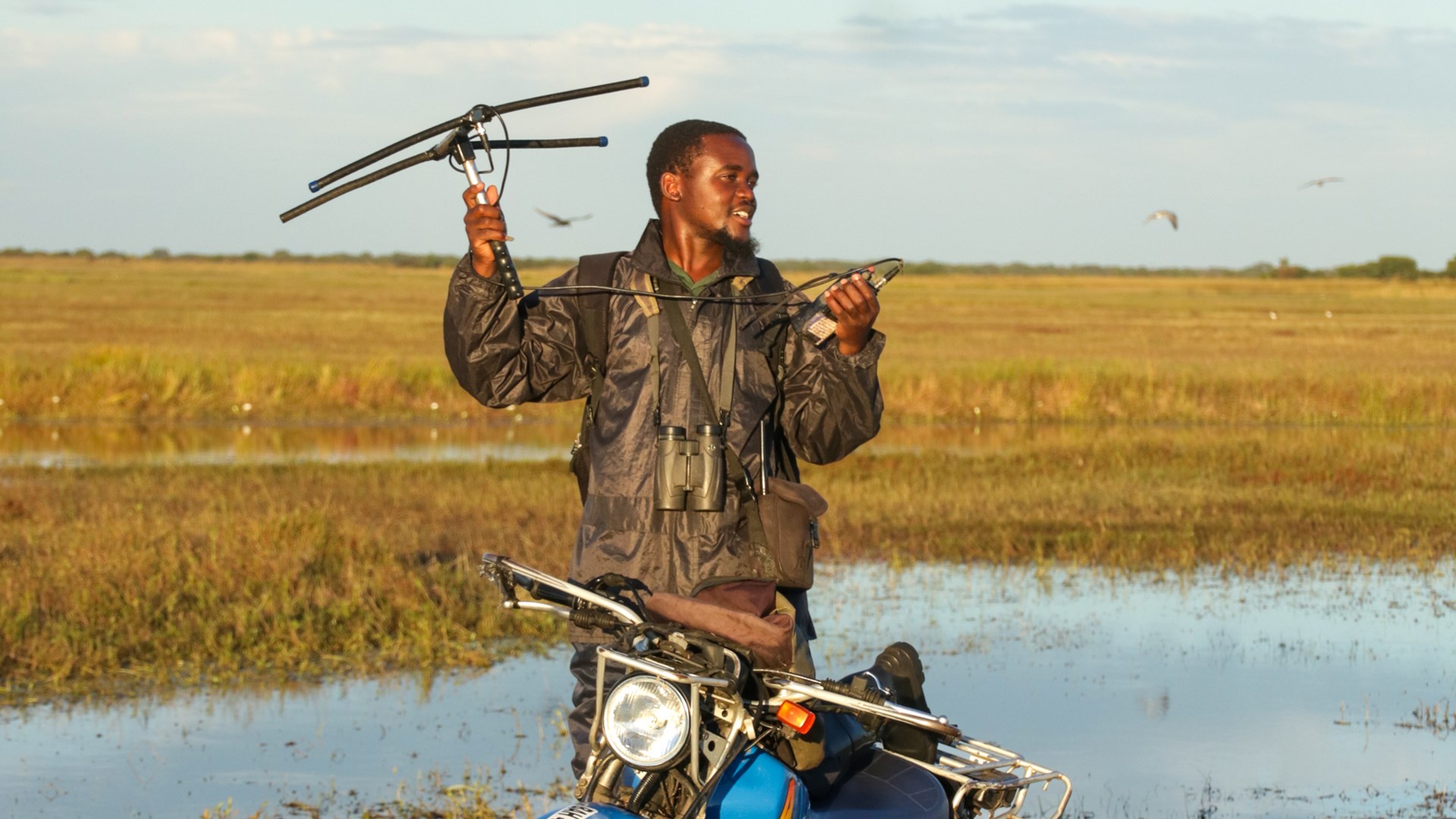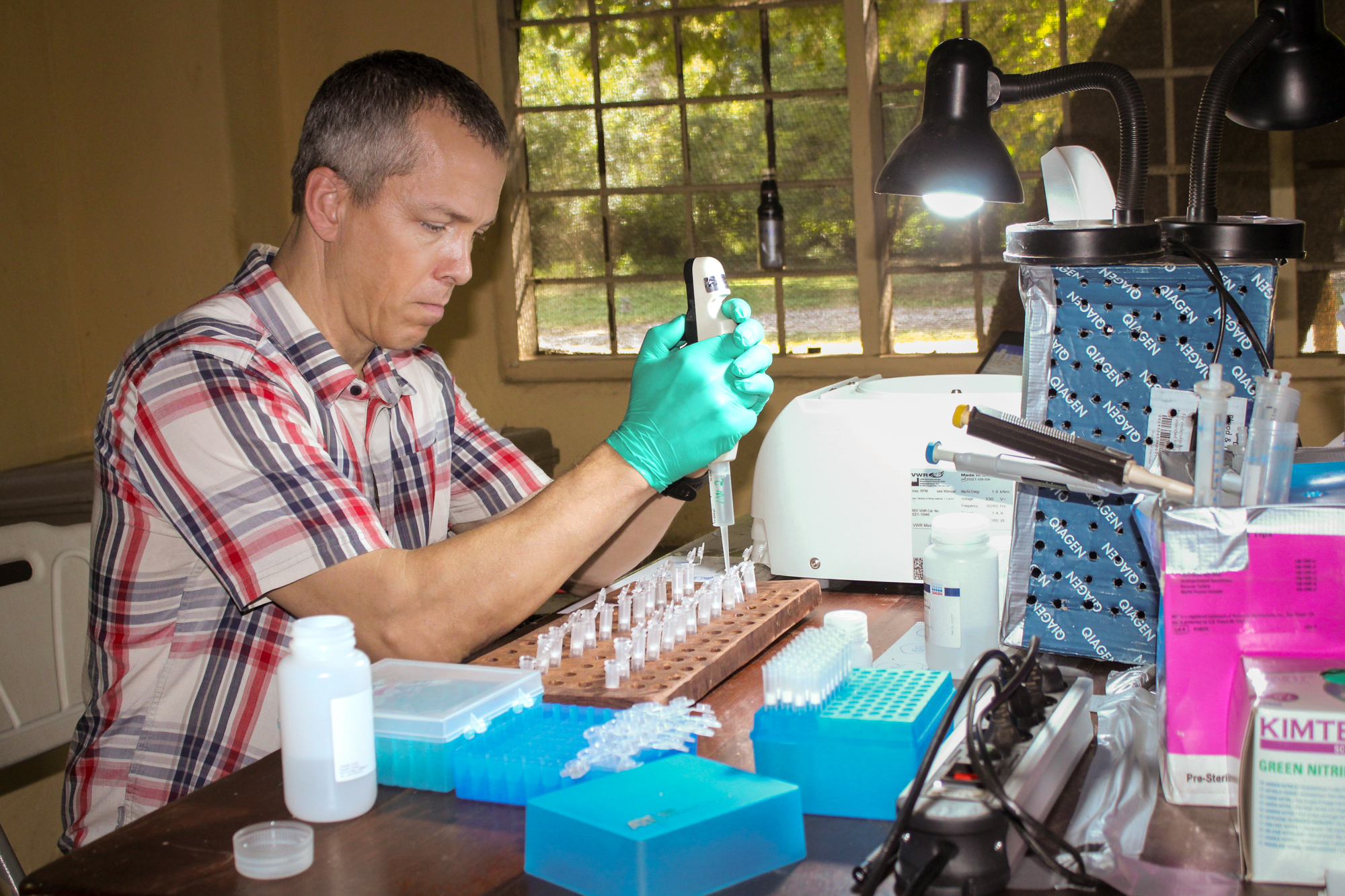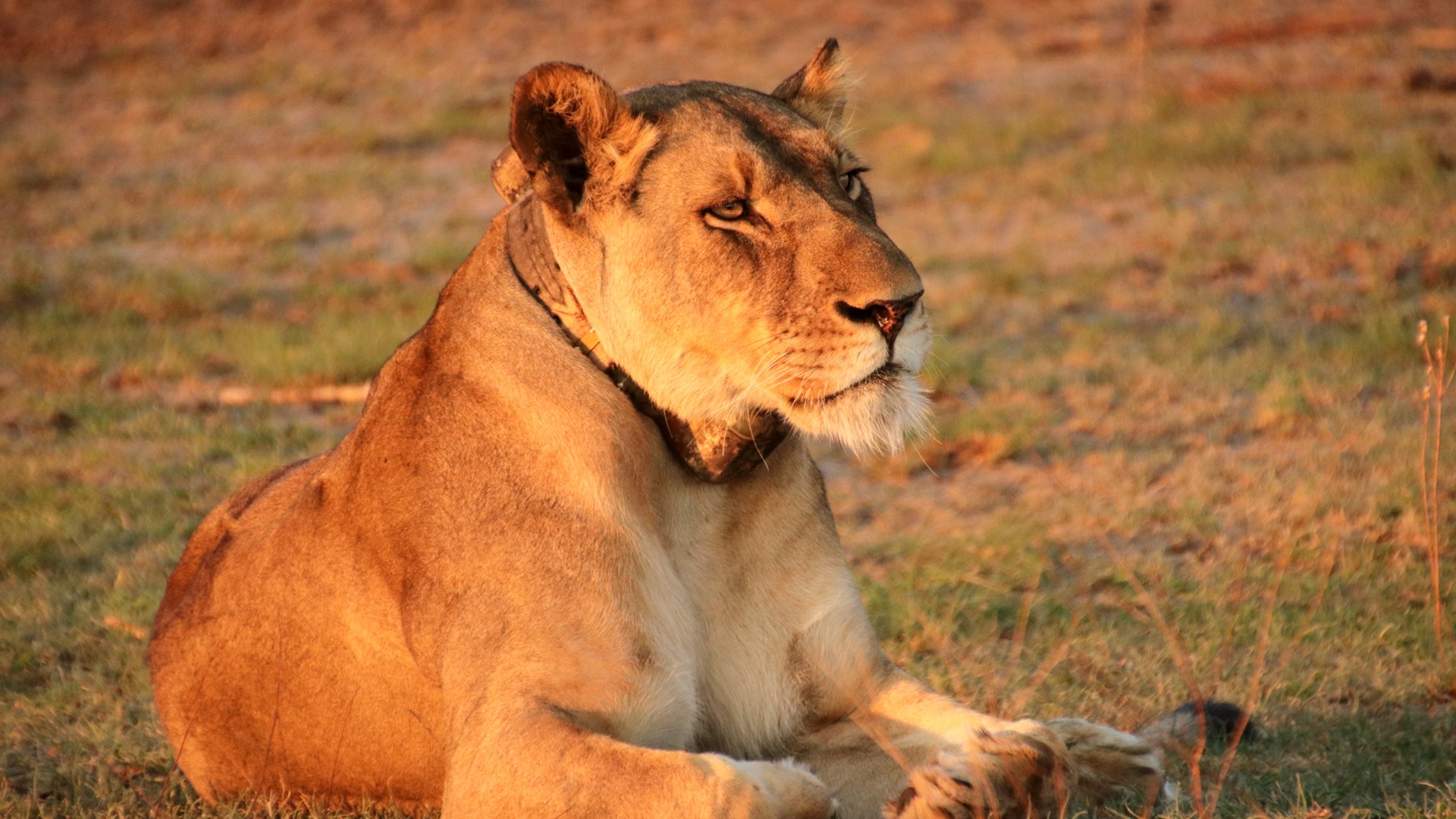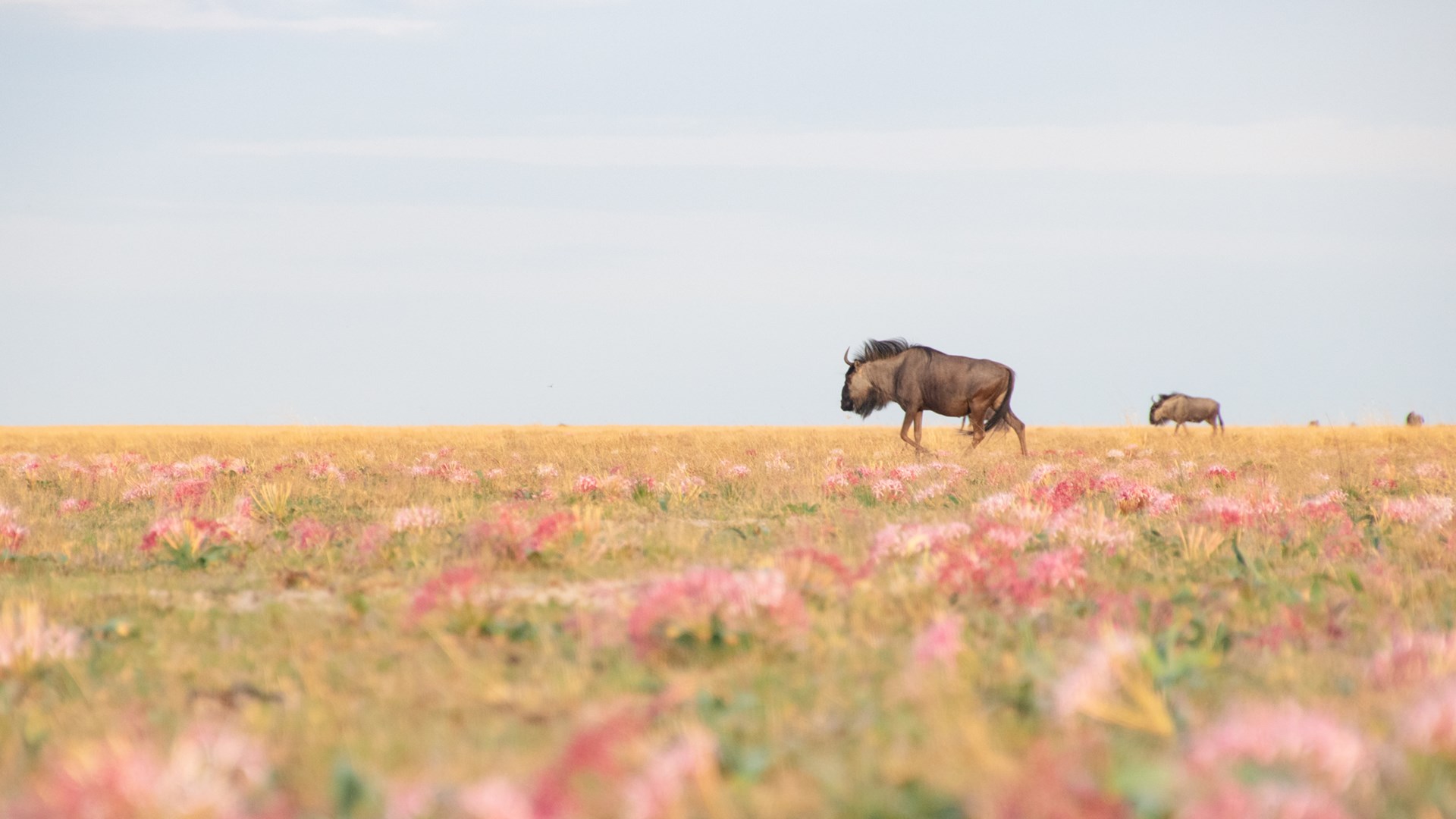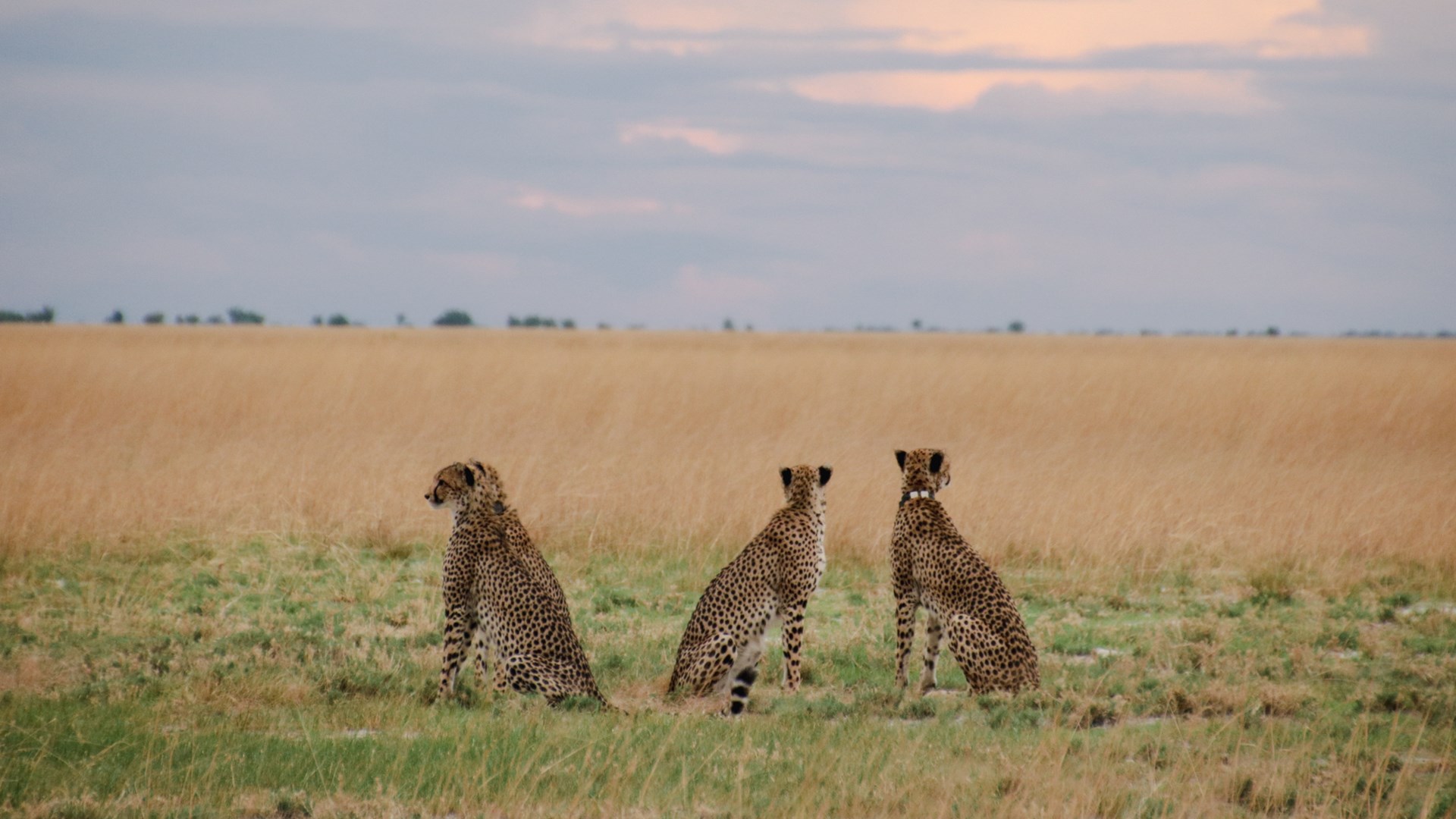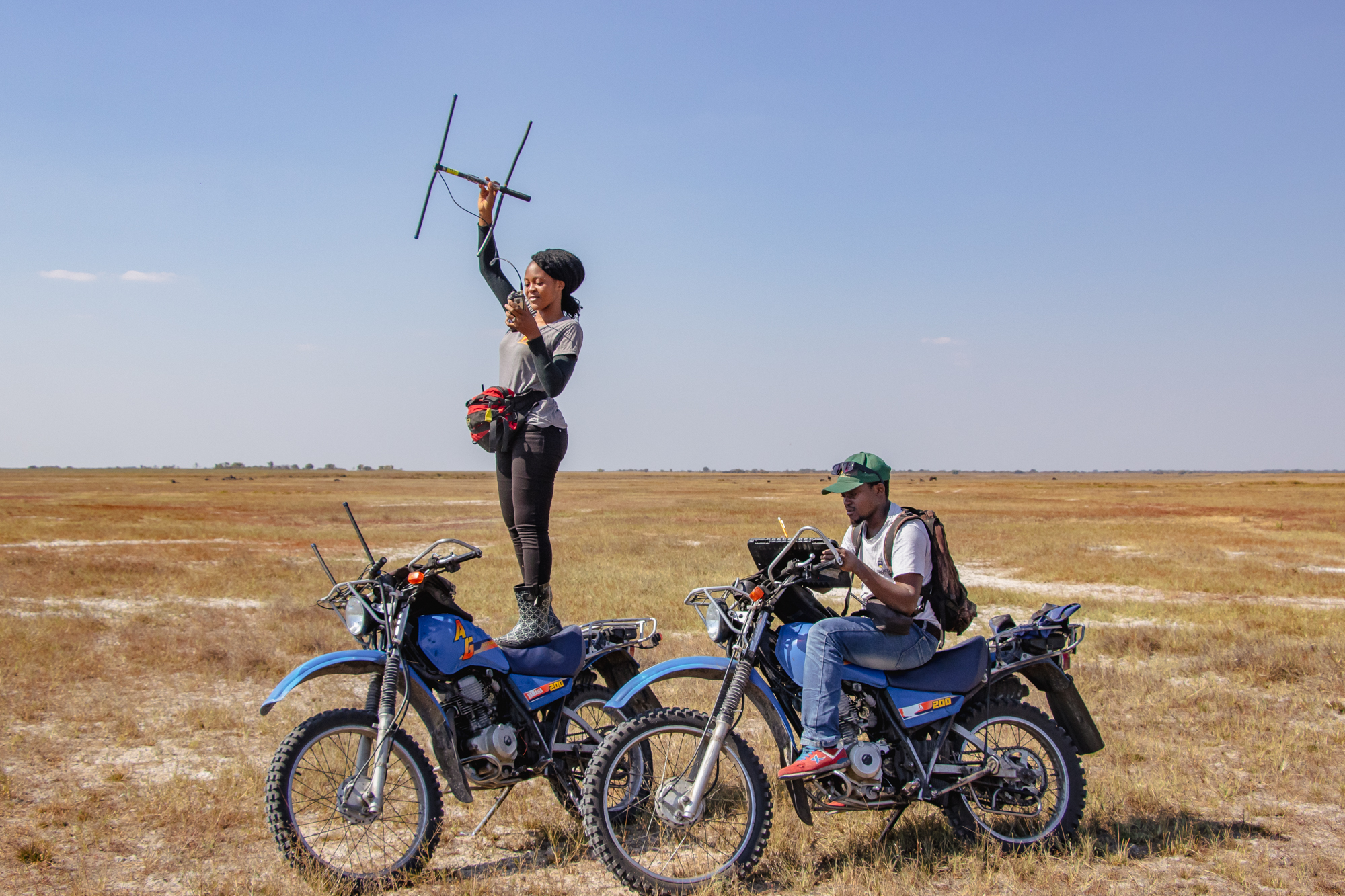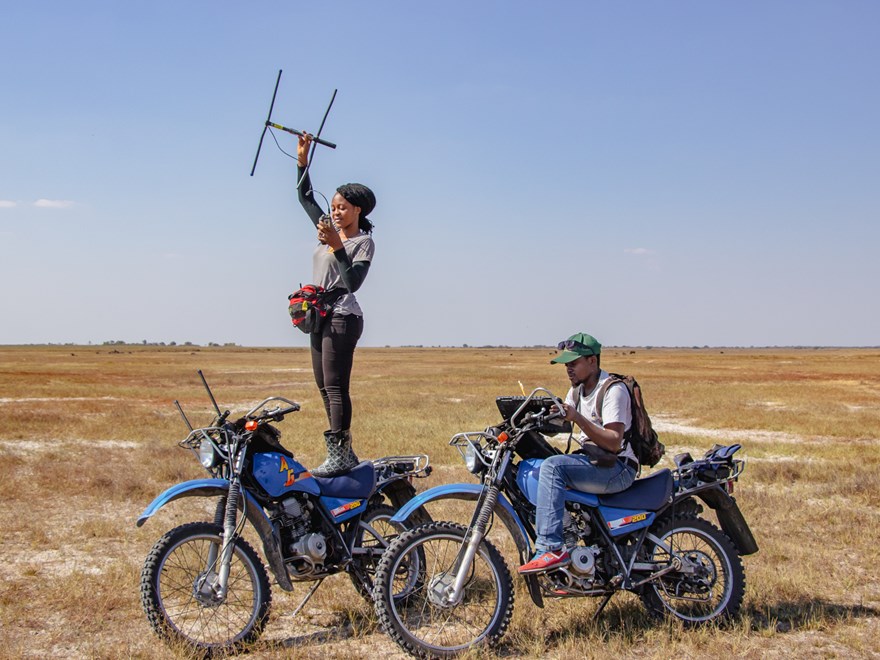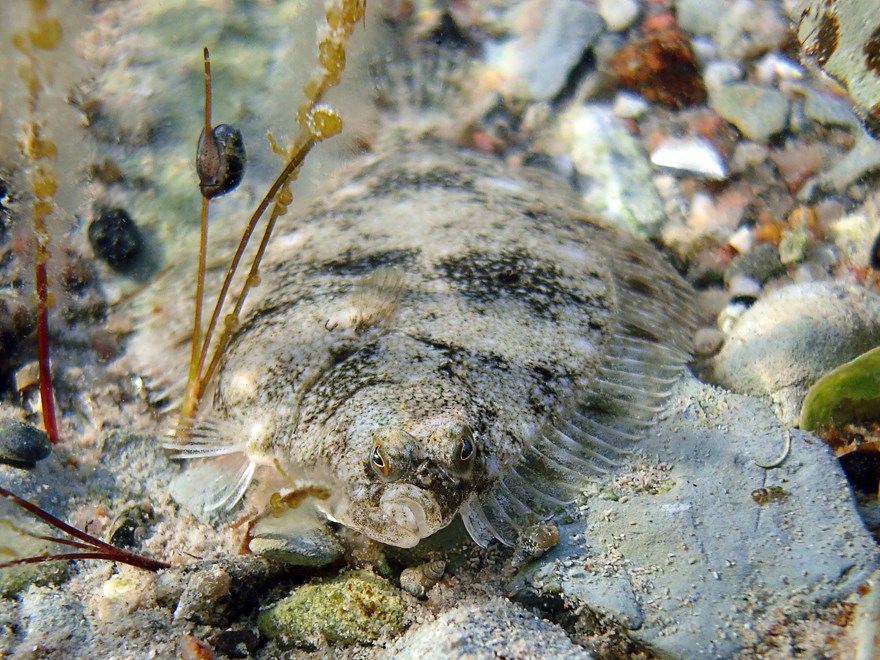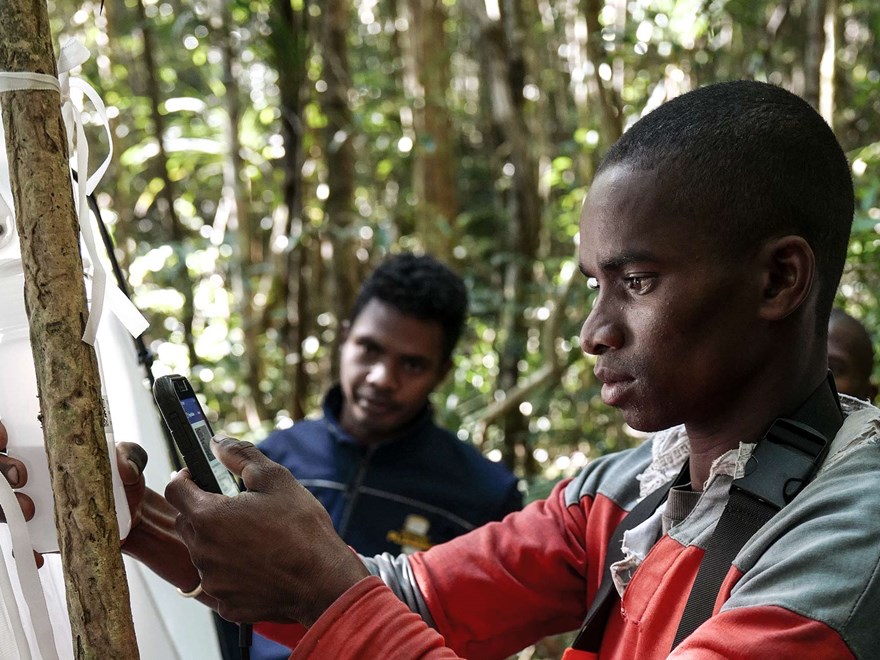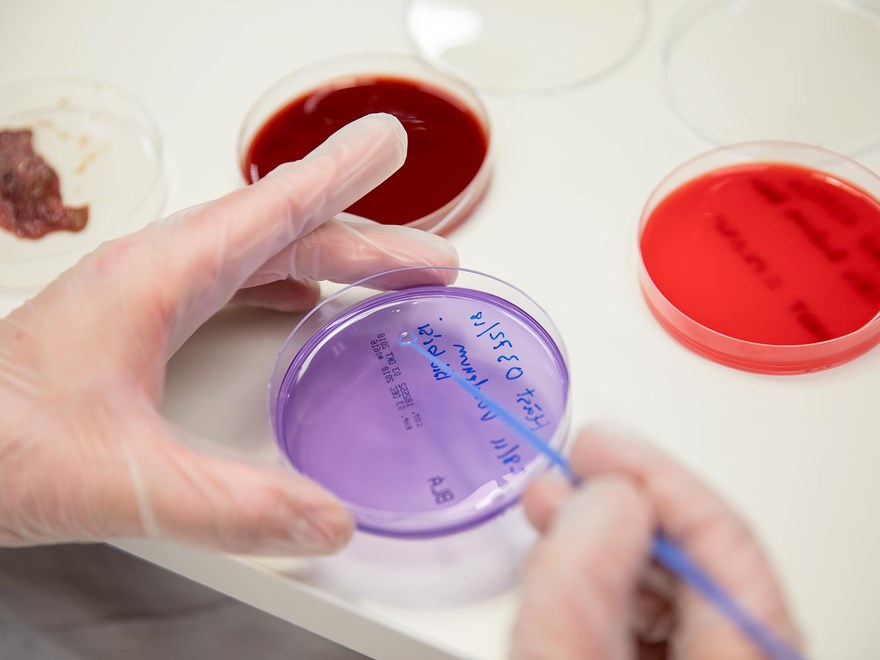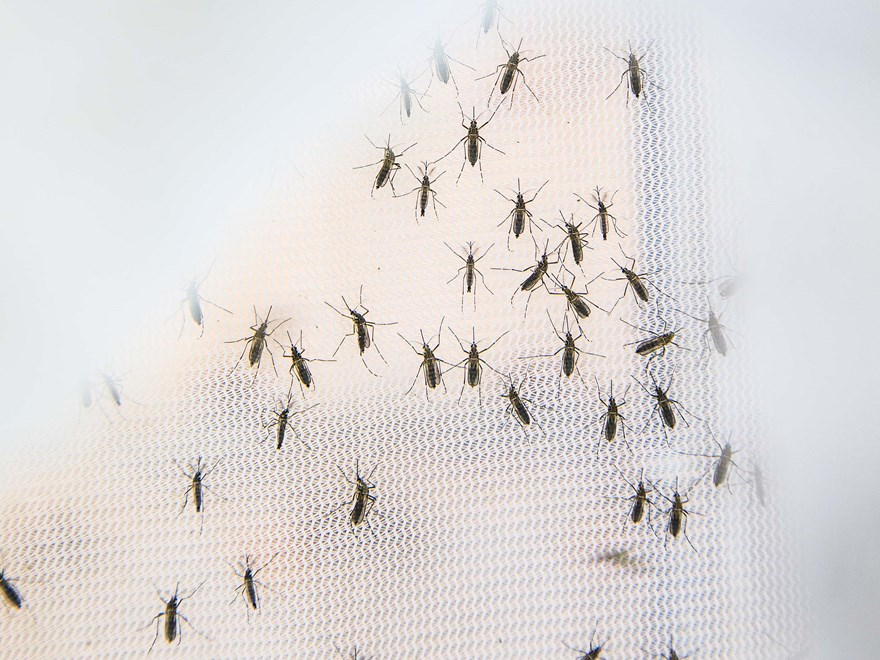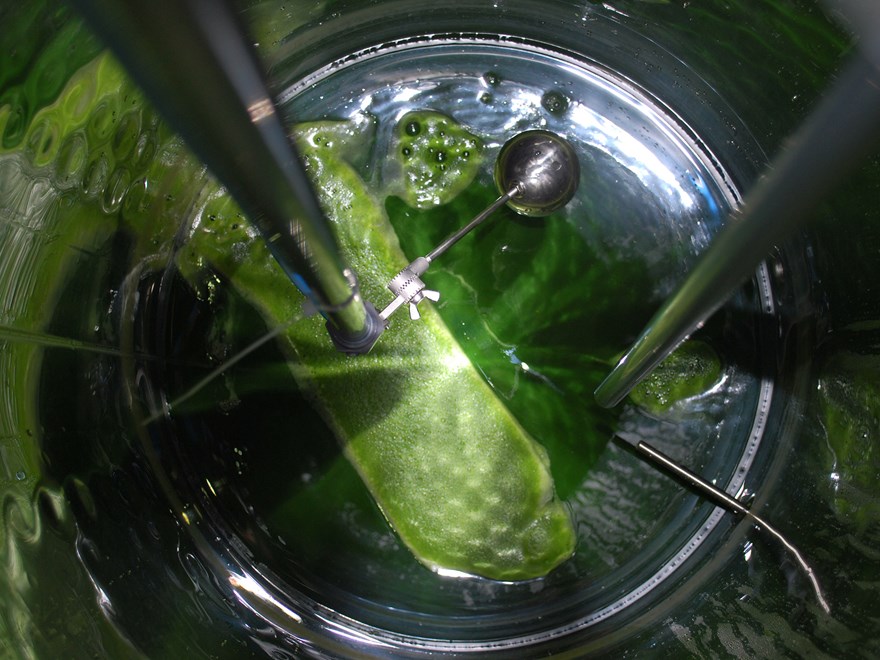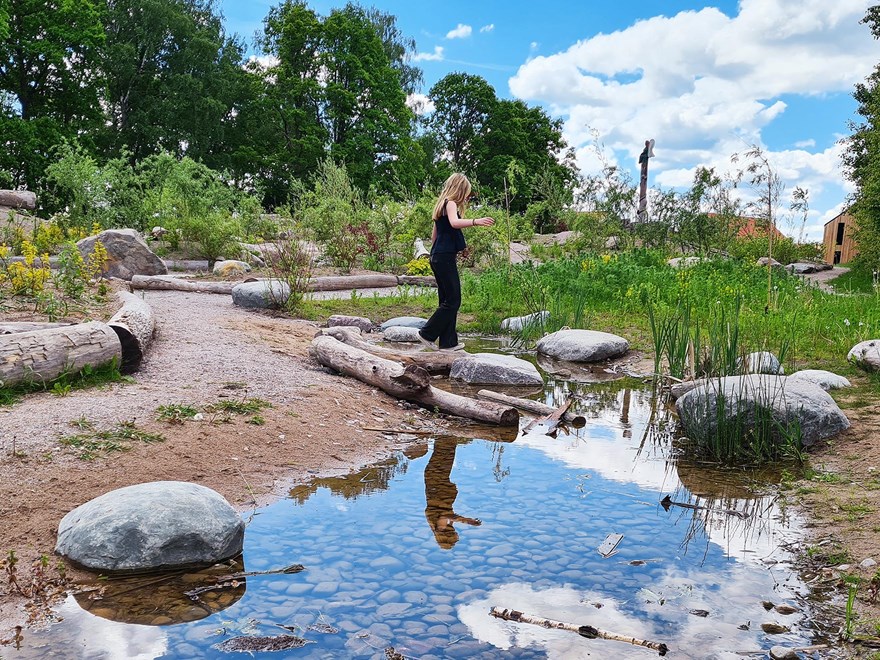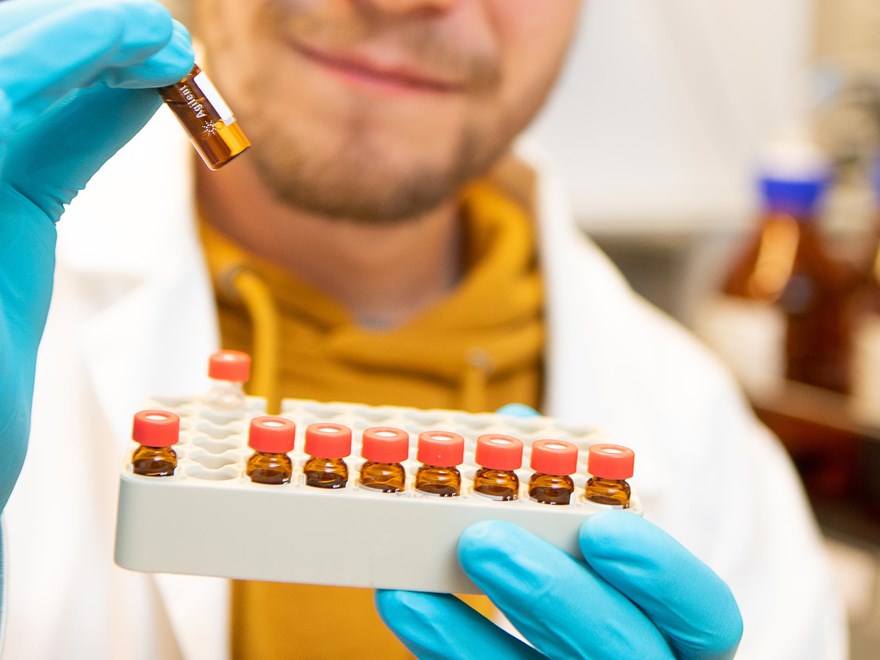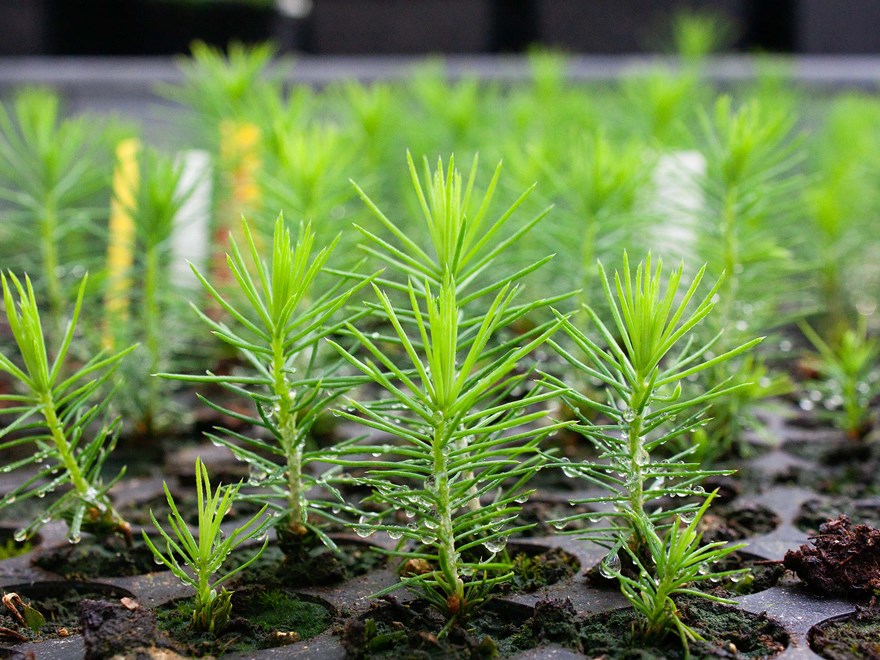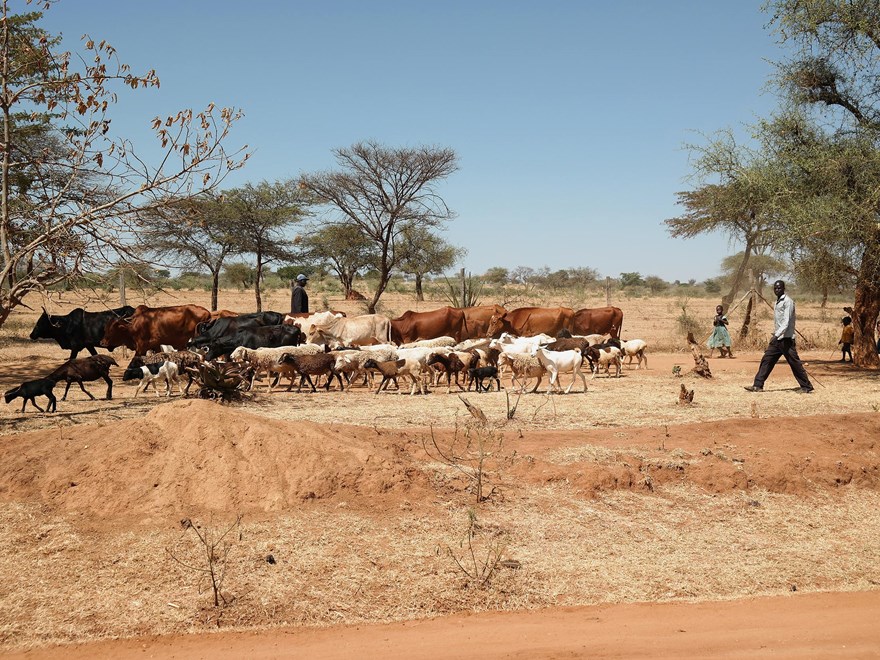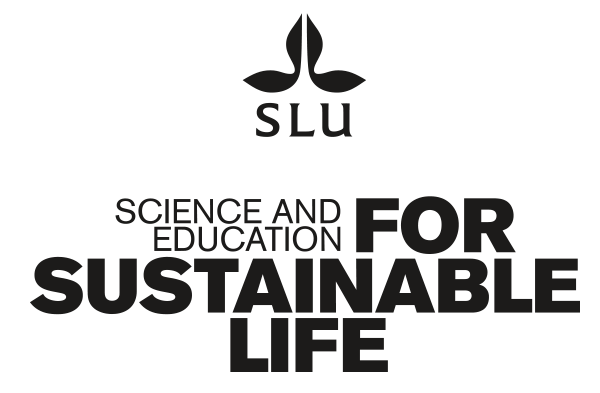Using GPS collars fitted around the neck of one to three carnivores per pride, group or clan, researchers can analyse the animals' movements across the landscape and detect patterns of dispersal, such as when a female hyena recently left its clan and moved into an area in neighbouring Angola.
“But the GPS data does not give us detailed information such as whether the animal has a cub or not, or what it is hunting. Therefore, a large part of the work we do on a daily basis is observations," says Sandra Martens.
The blood and tissue samples collected from animals that have died or are anaesthetised and fitted with collars provide even more information than samples of faeces, for example.
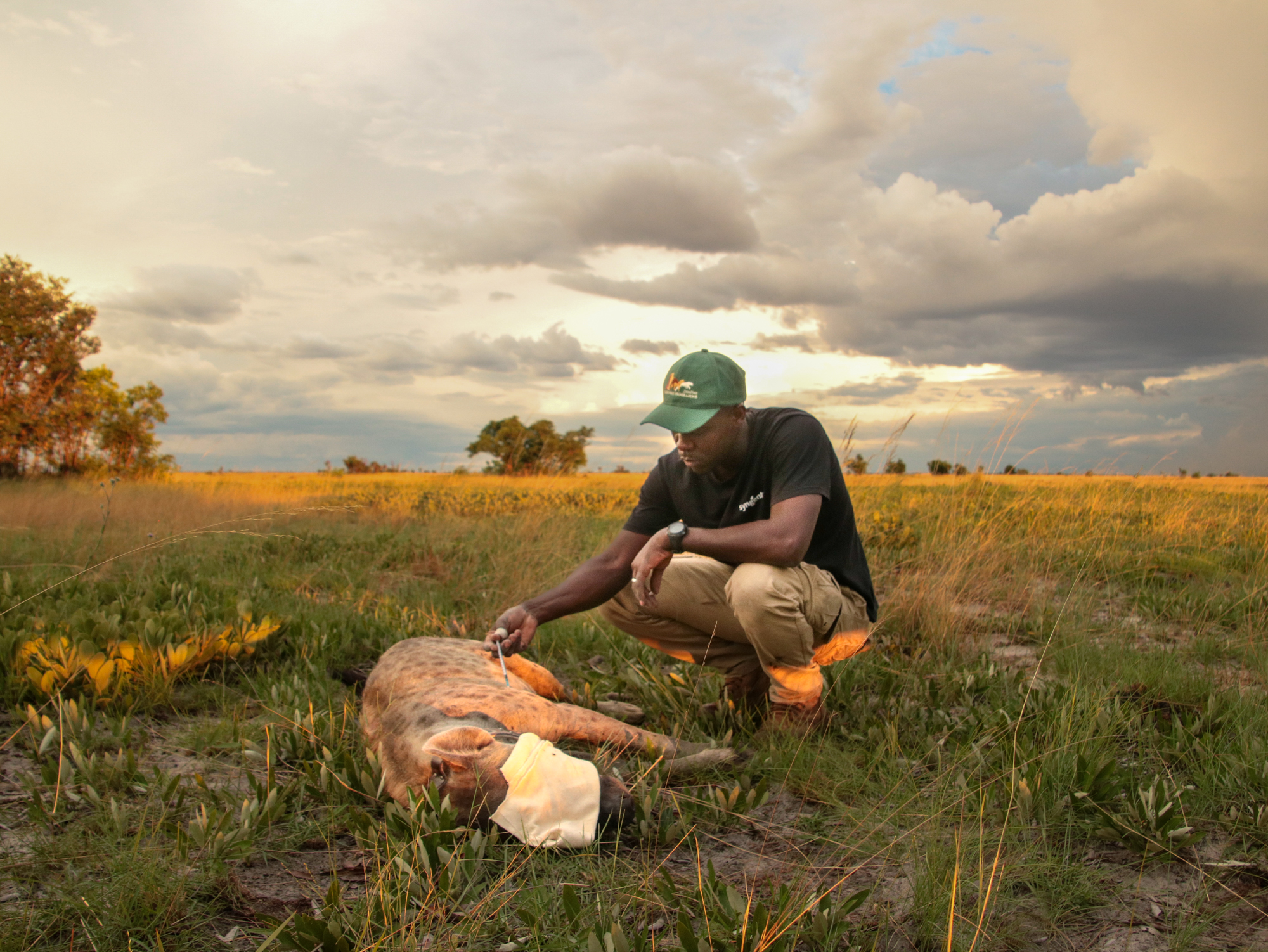
When an animal is given a GPS collar so that researchers can analyse its movements, it is sedated by a veterinarian. The health and condition of the animal is also examined. Field staff weigh, measure, take blood and tissue samples. The samples are then sent to SLU in Umeå. Photo: Sandra Martens
“These samples can provide information on age, inbreeding, health status and reproductive status. Since the individuals and their close relationships are known thanks to the monitoring done by the Zambian Carnivore Programme and we can link them to samples from other DNA sources such as faeces and fur, they also serve as a control and allow for extremely detailed information on movement patterns, reproduction and survival," says Göran Spong.
From the samples, the researchers obtain sequences of DNA from which they then develop panels of genetic markers. The panels can then be matched to samples which provides less DNA information, such as faeces or fur.
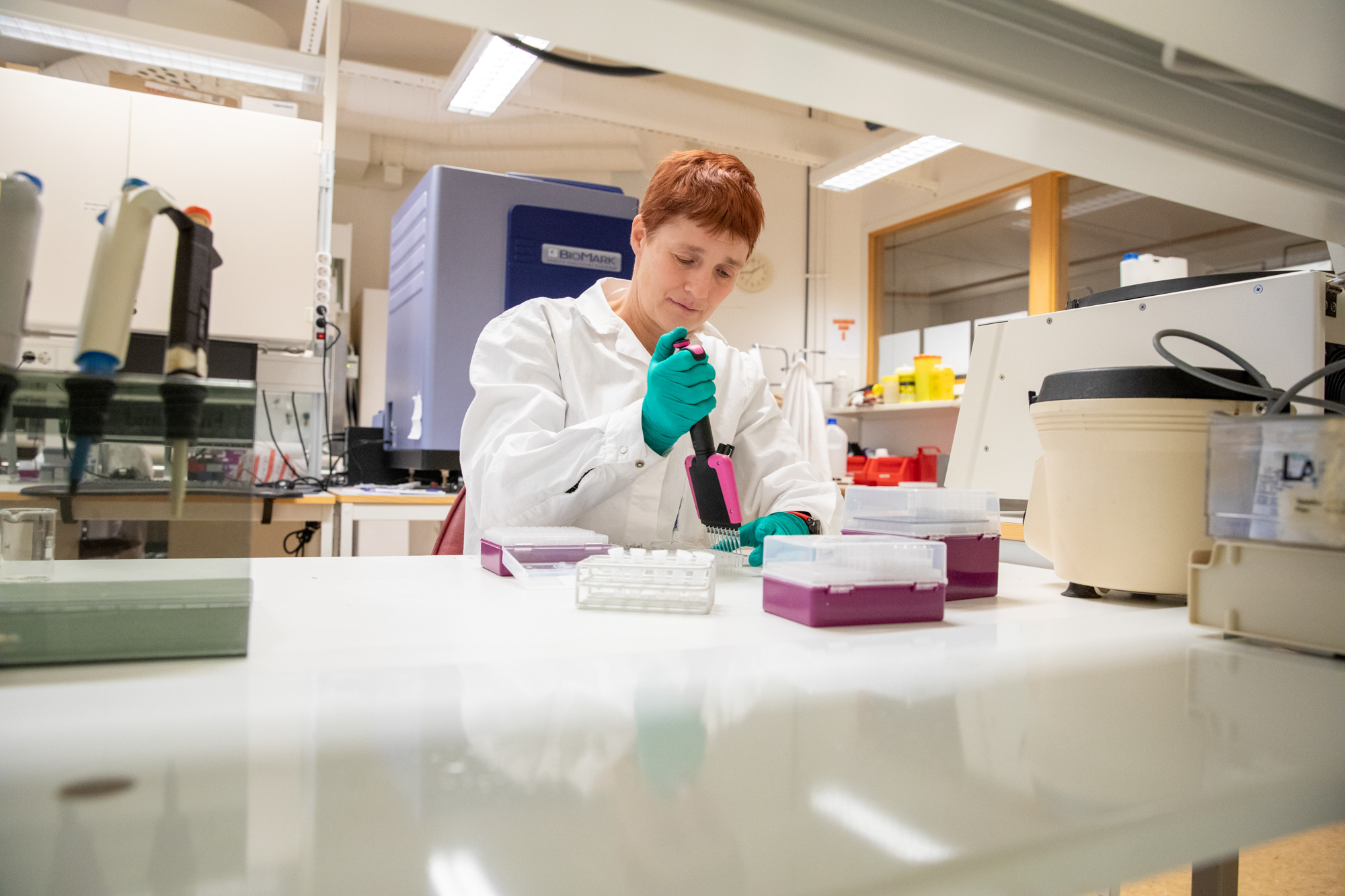
Helena Königsson and her colleagues analyse samples from around 20 countries in Africa and 10 in Europe. In addition to these species, they have over 30 other panels monitoring different species at the population level, such as an endangered parrot in the Amazon rainforest. Photo: Susanna Bergström, SLU

Back to Zambia. Before the Zambian Carnivore Programme started their monitoring work relatively little was known about the status of Zambia’s large carnivore species and about the impact of the threats they face.
“Nowadays, with year-round and expanding research and monitoring we have accurate ideas on the population status of these vulnerable populations and can identify threats faster which helps to protect them better,” says Sandra Martens.
Collaborations such as the one with SLU’s Molecular Ecology group provide opportunity for more effective, accurate and elaborate monitoring and protection. Genetic analysis provides information about the origin of animal populations and connectivity in a way that would have been difficult to achieve if only using traditional monitoring efforts.
“The combination of on-the-ground monitoring and genetic analysis provides new and more accurate insights,” says Sandra Martens.

